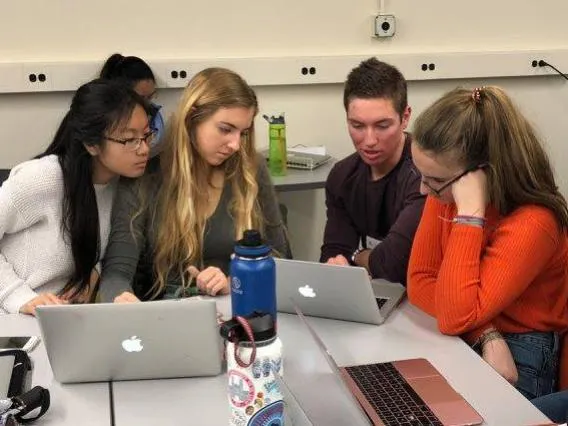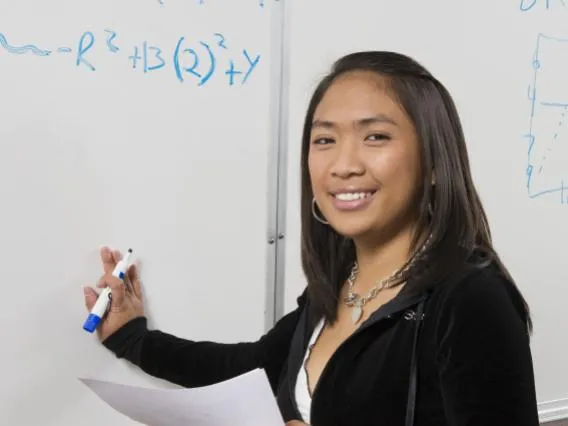Mathematics and Computational Sciences
Studies in mathematics and computational sciences include computer science, mathematics, applied mathematics, statistics and information technology. Faculty and students in this program discover new knowledge that can be used to address mathematical, scientific, engineering and technological challenges. This cross-disciplinary approach prepares professionals for careers in science, medicine, engineering and education. By identifying common aims in research and education, faculty collaborate on issues significant to science and society.
The Computer Science Department prepares professionals for business and scientific careers in the development and design of hardware and software systems. Students and faculty utilize their understanding and research of algorithms, programming languages, operating systems, databases, networks, distributed computing and computing theory to create systems that transform information.
The Mathematics department establishes a foundation of mathematical and statistical knowledge for students seeking careers in mathematics, science and technology. The program includes extensive course offerings in pure and applied mathematics. Faculty develop and support numerous outreach programs to educate students, parents and teachers.
The School of Information: Science, Technology and the Arts (SISTA) prepares students to address the needs of the Information Age through the technological collection, storage, processing and analysis of data. The program promotes research and understanding of computational methods and needs across disciplines. SISTA's goal is to provide a cross-disciplinary education for students to master the methods that transform information into knowledge.
The School of Mathematical Sciences is a federation of the Department of Mathematics, the Graduate Interdisciplinary program in statistics, and centers and institutes focused on mathematics education and outreach. The School retains the distinct identities of its component units while extending its reach through collaborations inspired by a vision of mathematics as central to science and society.




